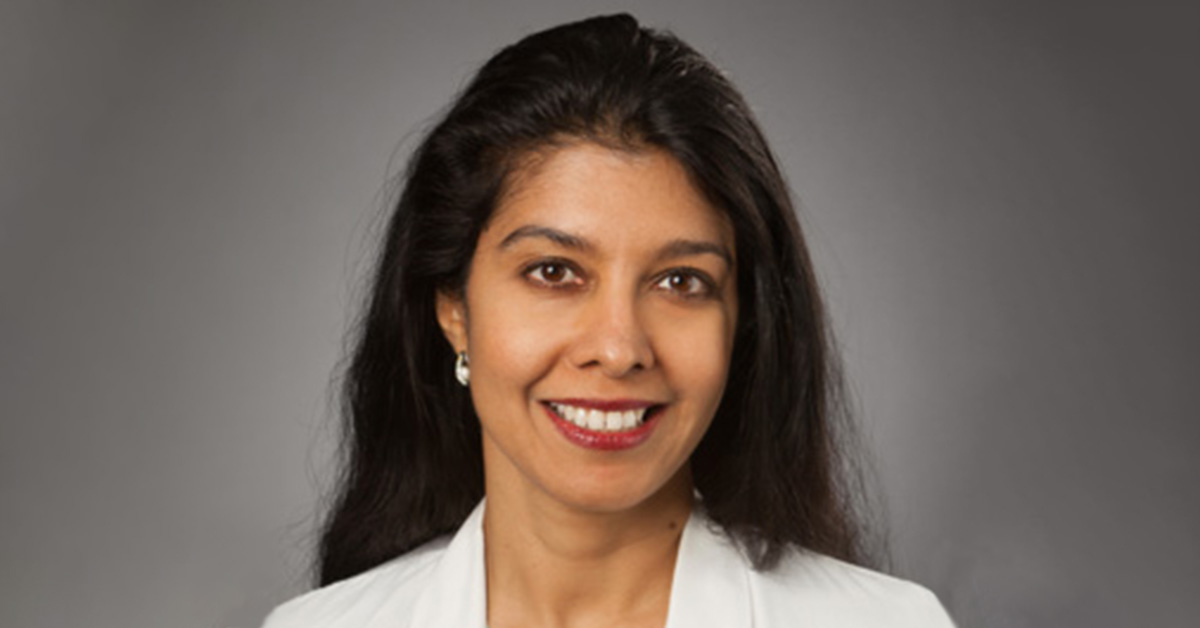Handgun Ownership and Suicide

Suicide is an uncomfortable topic, and the stigma surrounding the topic itself can lead to decreased ability to prevent these tragic events. The primary risk factors for suicide are substance abuse and mental illness, primarily depression. Both are very common diagnoses that, while treatable, are often recognized too late.
While these underlying factors have almost always been present in individuals for a while before the impulse arrises, the impulse to commit suicide itself is often limited to a relatively short period of time, during which an intervention may save that person’s life.
One factor that increases the risk of completed suicide is easy access to a lethal method. In the United States, the most common lethal method is a handgun. When a gun is used in a suicide attempt, 90% will result in death – a much higher percentage than with most other means. In fact, of all gun-related deaths in the US, the majority – 60% – are from suicide rather than homicide, as is commonly assumed.
Steps to reduce this risk include removing access to guns for those at risk of suicide, particularly those who are currently suffering from depression, anxiety disorders or substance abuse. Guns in the home should always be securely locked, with ammunition also locked and stored separately, to reduce the risk to all in the household, particularly children and teenagers who are particularly vulnerable.
Read more about this topic within this Stanford Medicine News article.

Sharmila Dissanaike contributed this information as member of the Laura Bush Institute's Scientific Council.
Sharmila Dissanaike, MD, is a University Distinguished Professor and Surgical Chairman at TTUHSC in Lubbock. She is a clinically active trauma, burn and acute care surgeon who has won over 50 awards for clinical, academic, and research excellence during her career. Dr. Dissanaike is internationally known as an advocate for the advancement and equality of women in surgery and the sciences.
Suicide is complex and often caused by multiple factors, not a single event. Help is available, including the crisis hotlines listed below or speaking to a medical professional.
National Suicide Prevention Lifeline: 800-273-TALK (8255)
Military/Veterans Crisis Line: 800-273-TALK (8255) - Press 1
Crisis Text Line: 741741
(Resources found at Action Alliance Resources.)
Related Stories
Making Mental Health a Priority in the New Year
Sarah Mallard Wakefield, M.D., a psychiatrist with Texas Tech Physicians, talks about strategies to combat widespread and growing anxiety.
TTUHSC Dean to be Inducted into the National Academies of Practice as Distinguished Fellow
Gerard E. Carrino, Ph.D., MPH, dean of the TTUHSC Julia Jones Matthews School of Population and Public Health, will be inducted into the National Academies of Practice (NAP) as a Distinguished Fellow of the Public Health Academy.
TTUHSC School of Nursing Celebrates 10-Year Anniversary of the Abilene Community Health Center
The TTUHSC School of Nursing hosted a 10-Year Anniversary Celebration and Open House for the Abilene Community Health Center. The center is one of 71 Federally Qualified Health Centers (FQHCs) in Texas according to the Texas Health and Human Services.
Recent Stories
Making Mental Health a Priority in the New Year
Sarah Mallard Wakefield, M.D., a psychiatrist with Texas Tech Physicians, talks about strategies to combat widespread and growing anxiety.
TTUHSC Cancer Researcher Honored by National Academy of Inventors
C. Patrick Reynolds, M.D., Ph.D., director of the School of Medicine Pediatric Cancer Research Center at TTUHSC, has dedicated his life as a researcher to developing treatments for childhood cancers.
TTUHSC School of Nursing Celebrates 10 Years of the Veteran to BSN Program
The TTUHSC School of Nursing recognized the 10-year anniversary of the Veteran to Bachelor of Science in Nursing (VBSN) program during the fall 2025 commencement ceremonies held Dec. 13 in Lubbock, Texas.
